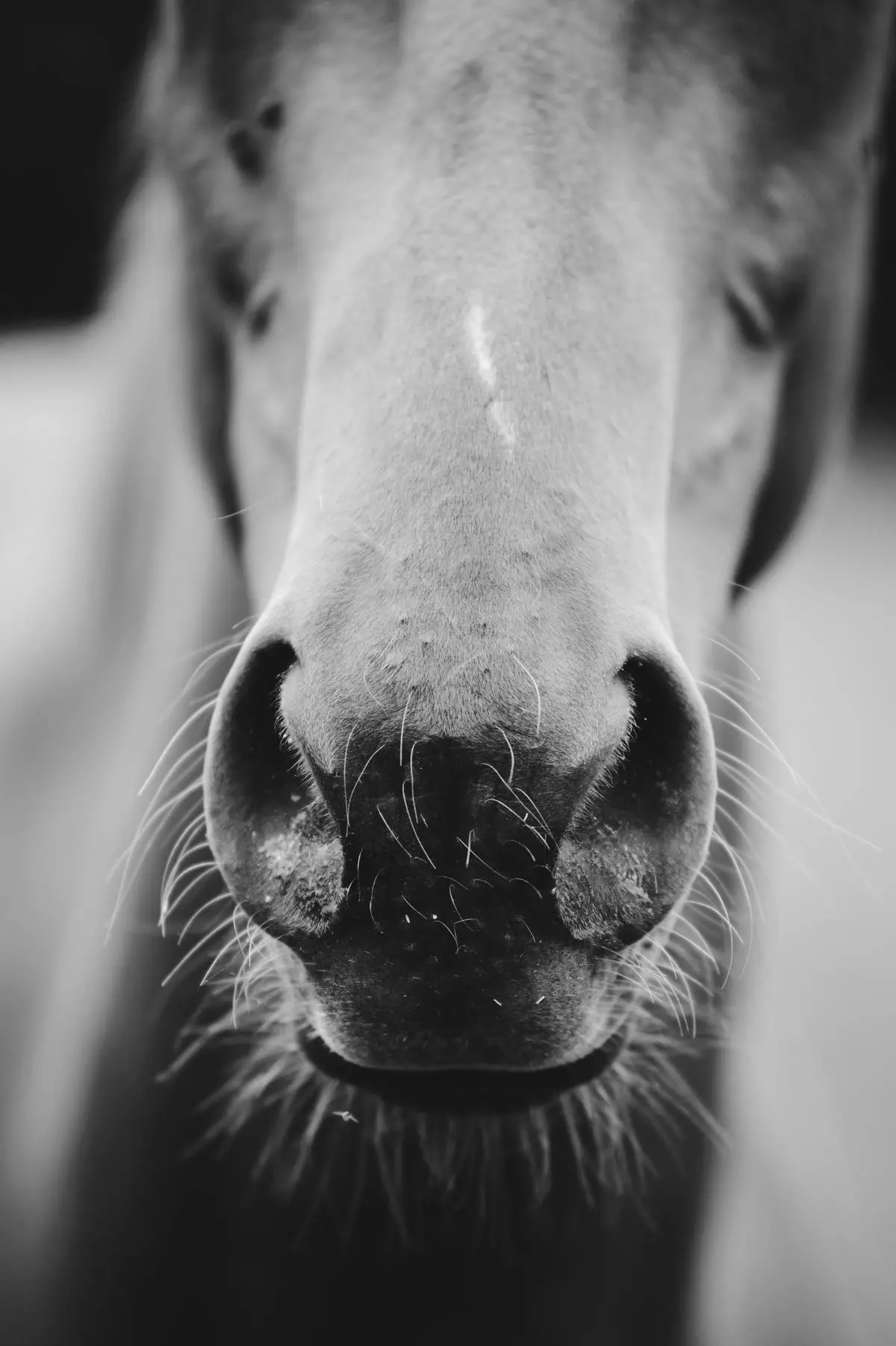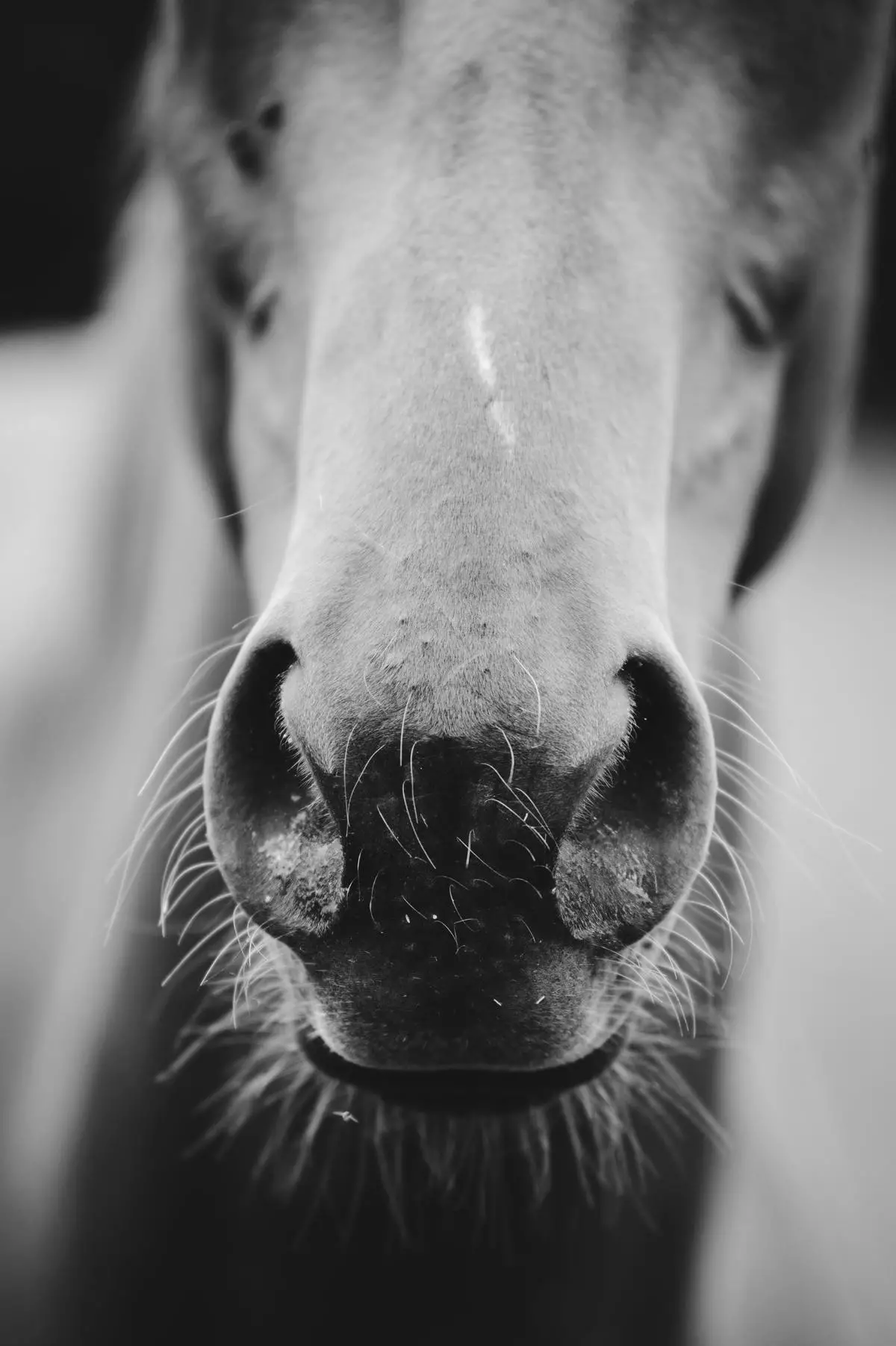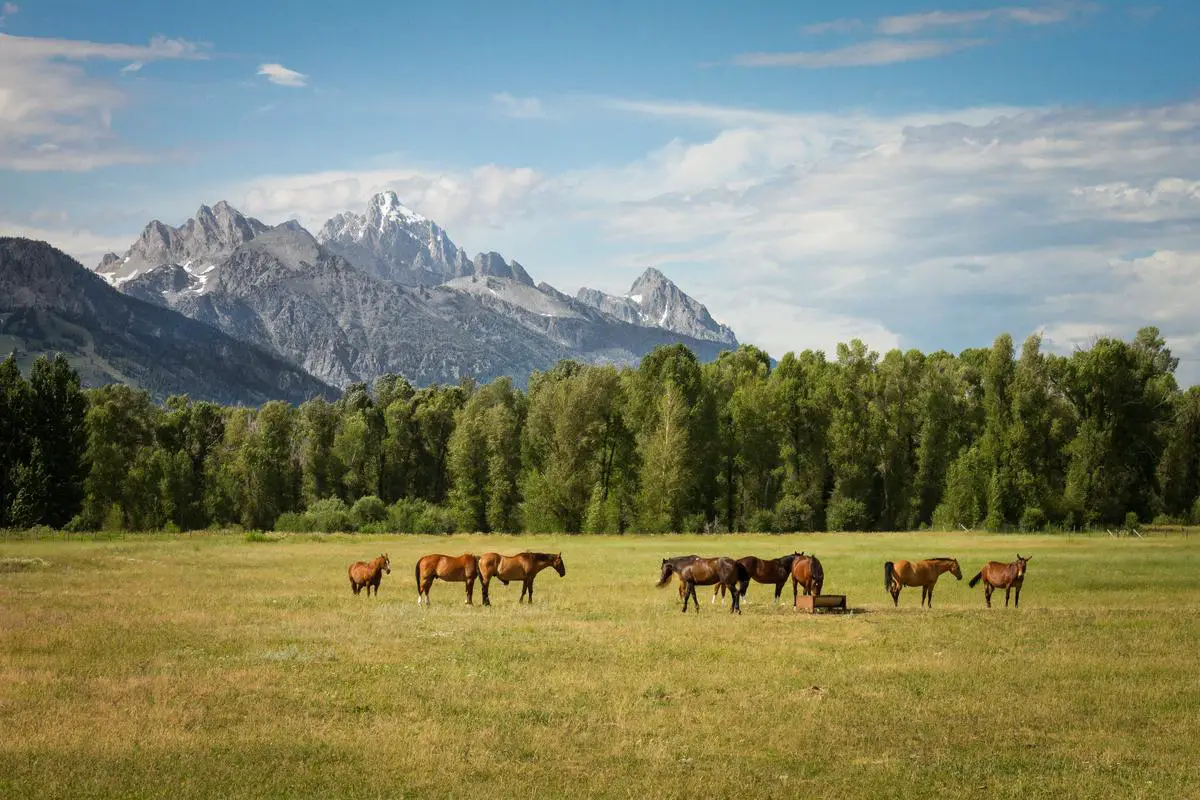The cultural landscape of Switzerland, known for its majestic Alpine ranges, cheese, watches, and chocolates, serves as home to an essential yet unassuming industry — horse breeding. The country boasts a rich equestrian heritage nurtured ardently through Swiss horse registries, underpinning the vitality of its horse breeds. This in-depth exploration examines the importance of these horse registries, the types found within the country, the process of registration, and how registries influence trade and breeding. The analysis also ventures into the current trends and probable future of Swiss horse registries, keeping in pace with the advent of technology, novel genetic testing techniques, and international best practices.
Table of Contents (Horspedia)
Understanding the Importance of Horse Registries
A powerful symbol of grace and nobility, horses have long been integral to the culture of many countries, and Switzerland is no exception. But what sets Swiss equestrian culture apart? Well, for starters, Swiss horse enthusiasts firmly believe in the importance of horse registries. A genuinely vital aspect of equestrian pursuits in this mountainous European country, horse registries play a role that extends far beyond the stables.
First off, for the uninitiated, a horse registry is a database containing detailed records of horse breeds. These records include valuable information such as pedigree, breed type, color, and lineage details. They are responsible for maintaining the integrity of specific horse breeds and ensuring legitimate breed standards.
In Switzerland, there’s more to it than just breed validation. Horse registries serve as the backbone of the country’s flourishing equestrian sports scene. Events like jumping, dressage, and endurance races are mainly restricted to registered horses. This approach ensures a fair playing field free from dubious pedigree claims, as well as it maintains the purebred lineage of the participating horses.
But it doesn’t stop at sports. Horse registries in Switzerland also affect horse breeding practices. Swiss stud farms rely heavily on these registries while selecting the right stallion or mare for breeding. Why? It’s simple – potential buyers and other breeders often gauge a horse’s worth based on its registered pedigree details. A well-documented lineage implies a higher market rate and a better prospect for producing quality offspring.
Additionally, Swiss horse registries are intertwined with the country’s veterinary practices. These official documents act as a ready reckoner to track inheritance traits, identifying genetic predispositions to certain health issues or diseases. In this way, registries guide the medical treatment and preventive care plans for Swiss horses.
Behind the scenes, these registries also contribute to preserving Swiss heritage. The Freiberger, for instance, is Switzerland’s only native horse breed. The dedicated Swiss Freiberger horse registries play a crucial role in conserving this national treasure. Through these registries, Swiss horse enthusiasts can keep these magnificent beasts from fading into obscurity, maintaining the vitality and genetic diversity of the breed.
At first glance, horse registries may seem like mere administrative tools, a paperwork necessity. But as the Swiss equestrian culture aptly demonstrates, their implications run deep into the heart of the horse-loving community. A blend of tradition and science, horse registries in Switzerland are more than just records – they’re part of the very identity of Swiss horse-keeping, shaping breed standards, veterinary care, sports, and heritage preservation. And that’s what makes them so vital in Swiss equestrian culture.

Exploring different types of Swiss Horse Registries
Exploring Swiss Horse Registries: Not Just for Show
In the fascinating world of Swiss equestrianism, horse registries play a paramount role. These institutions juggle a myriad of tasks, from promoting breed purity to tracing the threads of equine genetics. And while we’ve already touched on their importance and far-reaching impact, it’s now time to delve deeper and explore the various types of Swiss horse registries, each with its unique call to fame.
Firstly, the Swiss Warmblood Registry, fondly called the CHS, is a cornerstone in the country’s horse-breeding sector. They focus on promoting and improving the Swiss Warmblood breed, a spectacular equine known for its jaw-dropping athleticism and versatility. By maintaining an accurate lineage and genealogical records, CHS enables breeders to create horses that are not only physically impressive but also genetically sound.
Then there’s the Swiss Freiberger Horse Breeder’s Association (ASFM), devoted to the preservation and promotion of the Swiss Freiberger. This breed, renowned for its docility and strength, has roots reaching back hundreds of years in Swiss history. ASFM works tirelessly to encourage responsible breeding practices and assure the breed’s continued existence.
Meanwhile, the Federazione Allevatori Cavalli della Razza Haflinger Ticino (FACH) caters specifically to the delightful Haflinger breed. These golden horses, originally from Austria but now also part of Swiss equestrian culture, are loved for their gentle nature and robust health. FACH keeps a detailed registry, ensuring the breed’s consistent characteristics are preserved for future generations.
We cannot fail to mention the Schweizer Appenzeller Sporthorse Registry (SASR), committed to the development of the Appenzeller Sporthorse. Although a newer addition to Swiss equestrian scene, the Appenzellers, with their remarkable agility and responsiveness, have rapidly gained a following. The SASR’s focus lies in encouraging the breeding of top-performance horses, making it a vital player on the sports scene.
Lastly, for those smitten with the powerful beauty of heavy horses, the Swiss Registry of the Franches-Montagnes (RFM) is the place to look. This registry manages the pedigree information for the charming Franches-Montagnes, the only heavy horse breed native to Switzerland. Through rigorous breed preservation programs, the RFM seeks to ensure this noble breed’s survival.
While each Swiss horse registry has its specific breed and mission, they all share a common ground. They’re the guardians of Swiss equine heritage, ensuring that future generations can revel in the unique beauty and abilities of these horse breeds. By supporting these registries, breeders, sports enthusiasts, and horse lovers all contribute to the ebb and flow of this amazing legacy. So, whether you’re a horse aficionado or a casual visitor, remember, every registry is vital—celebrating not just a breed, but the enduring bond between horse and human.

The Process of Registration
Registering a horse in a Swiss registry isn’t as daunting as it might seem, despite the wealth of information one needs to know. There are general steps that are followed across different registries, albeit with some variations dictated by registry-specific rules. Let’s delve into this detailed but intriguing journey:
- Proper Identification of the horse:
Start by ensuring your horse has proper identification. This usually means ensuring your horse has been micro-chipped or, in some cases, tattooed. Some registries may require photos of the horse from all sides for visual identification. - Pedigree Verification:
The next step involves the verification of lineage or pedigree. You must provide supporting documents that prove your horse’s heritage. These typically include papers detailing both the dam (mother) and sire (father) with their registered names and numbers. Progeny of diverse breeds could be registered under certain registries as cross-breeds, but the ability to give evidence of lineage is cardinal. - Physical Examination:
The horse must then undergo a thorough physical examination by a licensed vet who typically checks for general health and any hereditary defects. Some registries may require additional health tests, such as DNA tests or infectious disease screenings. - Performance Testing:
Depending on the registry, there might also be a need for performance tests. These trials gauge the horse’s agility, grace, or strength in its respective discipline, such as jumping, trotting, or heavy work. - Filling out Registration Forms:
You would then proceed to fill out the appropriate forms for your chosen registry. These forms often ask for details about your horse including its name, breed, color, sire, dam, and date of birth. Ensure you provide accurate details as false information can lead to disqualification. - Paying the Registration Fee:
The final step in registering a horse in a Swiss registry includes paying the required registration fee. The fees can vary greatly, from relatively nominal to overtly high depending on the registry and the category of the horse.
Remember, adherence to the rules of your specific registry is of great importance. Thoroughly inform yourself by contacting the respective registry’s administrative office or browsing their website. Registration enhances the value of your horse and contributes enormously to preserving specific breeds. So, while it may seem a bit of a process, it’s definitely a ride worth taking.

Impact of Registries on Horse Trade and Breeding
Each horse registry in Switzerland emphasizes the necessity of the registration process in order to facilitate thoughtful, intentional breeding practices. Registering a horse is neither arbitrary nor optional; it is a ritual of commitment and a pledge to uphold the standards of the breed.
Registration involves a specific step-by-step course, starting with accurate horse identification. Every horse usually has a microchip or a tattoo that serve as their unique identifier, not unlike human fingerprints. In a sense, it feels like a secret that only horse enthusiasts are privy to. It’s as if the horses have their own social security numbers, and this invisible stamp links them eternally to their lineage and breed.
Providing proof of the horse’s pedigree is the next crucial step. Documentation attesting to lineage is vital to maintaining the integrity of breed lines. Imagine it as delving into a horse’s family tree, where each branch is essential in defining the horse’s breed.
After confirming the pedigree, horses go through a through a complete physical examination conducted by a licensed veterinarian. This step is akin to assessing the horse’s general health and well-being – ensuring that it’s not just about the breed, but about raising healthy horses. Every heart beat, every muscle twitch matters in these examinations.
Many Swiss registries also require a certain level of performance testing specific to the breed. This typically involves observing the horse in action – a thrilling display of the breed’s attributes, skills, and even personality. It’s their moment in the spotlight, where potential is gauged and celebrated.
Registering a horse is more than just filling forms and paying fees. Every detail penned down, every coin handed over is an active choice to support a culture of responsibility towards horse breeding in Switzerland.
It’s essential to note the importance of adhering to registry rules – it’s not just red tape, it’s a blueprint for producing the best of the breed. By following these guidelines, breeders contribute to a system that works tirelessly to preserve and enhance Swiss horse breeds.
Lastly, the benefits of registration are boundless. For the horse, it means proper care and maintenance of their breed. For the owners, it guarantees a support system of people who share the same passion and respect for Swiss horse breeds.
Swiss horse registries are not just bureaucratic structures – they are guardian angels presiding over Swiss equine heritage. Through their influence on breeding and trading practices, they help to maintain the strong bond between human and horse, which is the beating heart of Swiss horse culture.

Current Trends and Future of Swiss Horse Registries
Digitalization is the emerging trend that is reshaping Swiss horse registries. Official data is increasingly being kept online, allowing swift access to all relevant information pertaining to a horse. This includes their pedigree, show records, genetic and health information and breeding history. This shift to digital records has substantially simplified horse trading and breeding in Switzerland, and points towards a future of even more streamlined equestrian operations.
Artificial Intelligence (AI) is another innovation playing a pivotal role in the evolution of horse registries. Advanced algorithms analyze pedigree and performance data to help predict the potential of equine offspring. These technologies are supplementing human judgment in breeding decisions, and more breeders are gravitating towards AI tools for improved outcomes.
Another notable trend is the use of DNA testing for parentage verification and genetic health screening. DNA testing has become more common and readily available, offering more accurate breed and lineage verification than ever before. Genetic health screening is also making it easier to detect and mitigate hereditary diseases, ensuring healthier and robust horses for the future.
Moreover, the integration of GPS tracking in horse registries is gaining momentum. Current systems link a horse’s GPS data to its digital profile, allowing owners and potential buyers to monitor their horse’s activity and providing useful insight into their behavior. Employing GPS technology also improves security by tracking the horse’s location in real-time, a feature that proves handy in case of theft or loss.
Lastly, there is a growing focus on the role of horse registries in conservation efforts. Many horse breeders are taking active measures to safeguard indigenous and rare breeds. This trend, combined with the advancements in identification and tracking technologies, contributes to an increased genetic diversity in Swiss horse populations.
In conclusion, Swiss Horse registries are not staying in the past, rather they are evolving with the times by embracing advanced technology for efficiency and to improve their practices. Digitalization, AI-assisted breeding decisions, DNA testing, and GPS tracking are shaping Swiss horse registries and steering their future towards the preservation and enhancement of the rich heritage of Swiss equine culture.

Photo by hollymandarich on Unsplash
Swiss horse registries serve as a testament to the country’s commitment towards preserving, promoting, and improving its equine heritage. They are the unsung heroes of the Swiss horse breeding landscape, helping maintain excellent breed quality and ensuring genetic diversity. While they continue to impact the way horse trade and breeding is conducted in Switzerland, these registries are set to embrace new technologies and genetic testing trends. This intricate amalgamation of the traditional with the modern makes the future highly promising for the Swiss horse registries and all the stakeholders they serve in the equine world.
